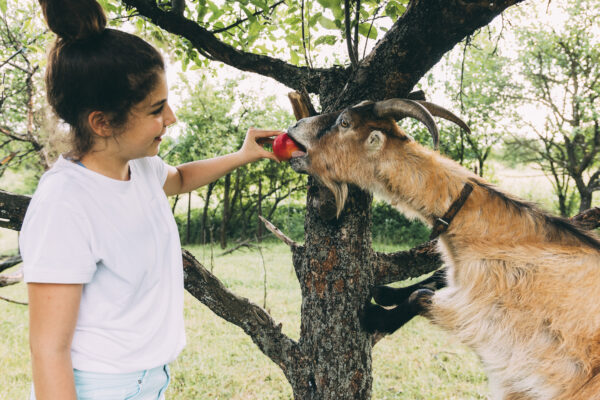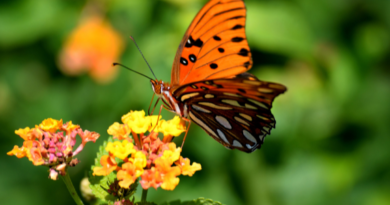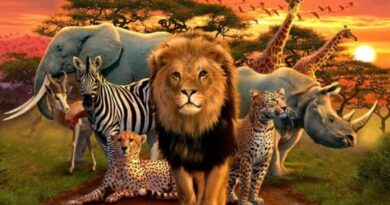Decoding the Silent Conversations: An Exploration of Animal Behavior
Animal behavior offers a fascinating glimpse into the unseen dynamics of the natural world. From the intricate social structures of ants to the playful antics of otters, each behavior is a testament to the adaptability and intelligence of different species. Let’s dive into the intricate world of animal behavior, where every action has a purpose, and every interaction tells a story.
Silent Symphonies: Communication in the Animal Kingdom
Animals have developed a myriad of ways to communicate, often without making a sound. Consider the silent signals of octopuses, which use color changes and arm movements to express their intentions. These marine marvels demonstrate that communication can transcend vocalization, relying instead on visual cues that convey complex messages within their underwater realms.
Intricate Social Networks:
Many animals live in sophisticated social groups where hierarchies and roles are clearly defined. Elephants, for example, form tight-knit family groups led by a matriarch. These gentle giants display behaviors that reflect deep familial bonds, such as mourning the loss of a family member or celebrating the birth of a calf. Their social interactions reveal a level of empathy and cooperation that is both remarkable and poignant.
Survival Strategies: Adaptation in Action
Behavioral adaptations are critical for survival, particularly in extreme environments. Arctic foxes, for instance, exhibit remarkable changes in behavior with the seasons. During the summer, they hunt and forage actively, while in the harsh winter months, they conserve energy by curling up in dens. These seasonal behaviors ensure their survival in one of the planet’s most unforgiving climates.
The Blend of Instinct and Learning:
Animal behavior is a delicate balance between instinctual actions and learned responses. Birds, for instance, often combine instinct with learning in their migratory patterns. Young birds may have an innate sense of direction but refine their routes through experience and social learning from older, more experienced birds. This blend of instinct and learning enhances their navigational success across vast distances.
A Glimpse into Human-Animal Connections:
Studying animal behavior also offers insights into our own interactions with the natural world. The bond between humans and dogs, for instance, is a result of thousands of years of co-evolution. Dogs have developed behaviors that resonate with human emotions, such as seeking eye contact and responding to our moods. This unique interspecies connection highlights the profound ways in which behavior can bridge the gap between different species.
Preserving the Behavioral Mosaic:
As we delve deeper into the study of animal behavior, we uncover the intricate and delicate tapestry that defines each species. Understanding these behaviors is crucial for conservation efforts, as it allows us to create environments that support the natural lifestyles of animals. By appreciating and preserving the behavioral diversity of wildlife, we ensure that future generations can continue to marvel at the wonders of the animal kingdom.
In essence, animal behavior is a rich and multifaceted field that reveals the complexities and wonders of life on Earth. From the silent symphonies of marine creatures to the social intricacies of land animals, each behavior is a testament to the resilience and adaptability of the natural world. As we continue to explore and understand these behaviors, we deepen our connection to the animals that share our planet and reinforce our commitment to their preservation.
FAQs:
Q1: How do instinctive and learned behaviors differ in animals?
A1: Instinctive behaviors are hardwired and performed perfectly without prior experience, such as a sea turtle hatchling instinctively heading toward the ocean. Learned behaviors, conversely, are acquired through experiences and environmental interactions, like a parrot learning to mimic human speech.
Q2: What are some non-vocal ways animals communicate?
A2: Animals use a range of non-vocal communication methods, including visual signals, tactile gestures, chemical markers (pheromones), and even electromagnetic signals. For example, cuttlefish change their skin color and pattern to communicate and camouflage.
Q3: How do social structures influence animal behavior?
A3: Social structures establish roles and order within groups, facilitating cooperation and reducing conflicts. For instance, meerkat colonies have a clear division of labor with sentinels, foragers, and babysitters, ensuring the group’s survival and efficiency.
Q4: Do animals experience emotions similar to humans?
A4: Many animals exhibit behaviors that suggest emotional experiences. Dolphins have been observed displaying joy through playful antics, while chimpanzees show empathy by comforting distressed companions. These behaviors indicate complex emotional lives.
Q5: How do animals adapt their behaviors to survive extreme environments?
A5: Animals exhibit specific behaviors to cope with harsh conditions. For instance, camels have developed unique water conservation methods and can withstand extreme temperatures, while penguins huddle together to retain heat in freezing climates.
Q6: What is the purpose of play in animals, and what does it achieve?
A6: Play serves multiple functions, including physical development, social bonding, and honing survival skills. Young animals like lion cubs engage in play-fighting to practice hunting techniques and establish social hierarchies, preparing them for adult life.
Q7: Can animals pass on learned behaviors within their groups?
A7: Yes, animals can transmit behaviors culturally. For example, Japanese macaques have been observed teaching younger members to wash sweet potatoes in the sea, a learned behavior that enhances food cleanliness and flavor.
Q8: How do migratory animals find their way during long journeys?
A8: Migratory animals use a combination of natural cues, such as the Earth’s magnetic field, the position of the sun and stars, and familiar landmarks. Monarch butterflies, for example, undertake long migrations guided by a genetic compass and environmental signals.
Q9: Are animals capable of planning for future needs?
A9: Some animals exhibit behaviors that indicate future planning. Ravens, for instance, have been observed storing food in various locations to retrieve later, demonstrating foresight and strategic thinking for survival.
Q10: How do animals learn from their environment and peers?
A10: Animals learn through observation, imitation, and experimentation. Young elephants learn to use their trunks by mimicking adults, and birds like the New Caledonian crow learn tool use by watching and practicing, refining their techniques over time.




